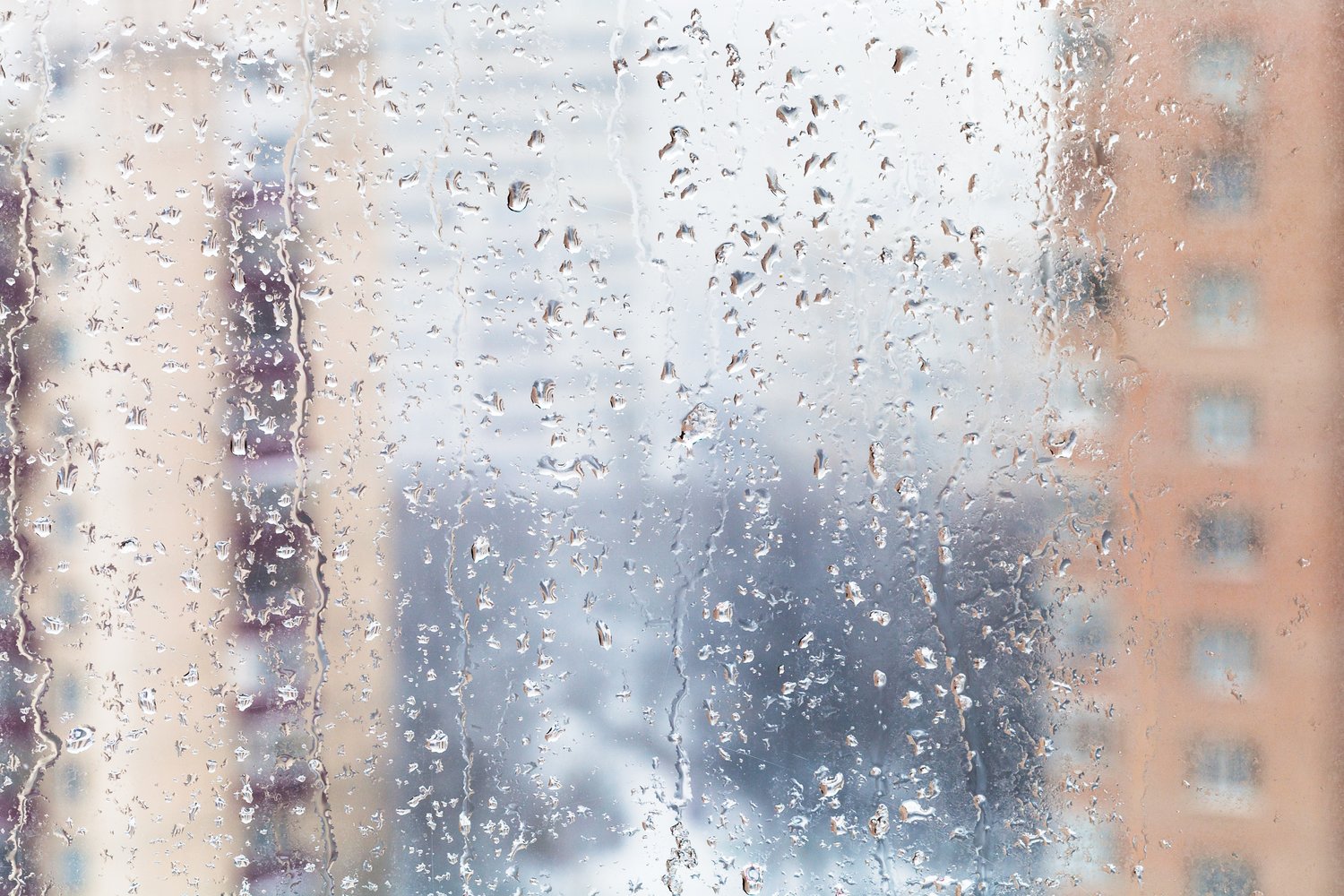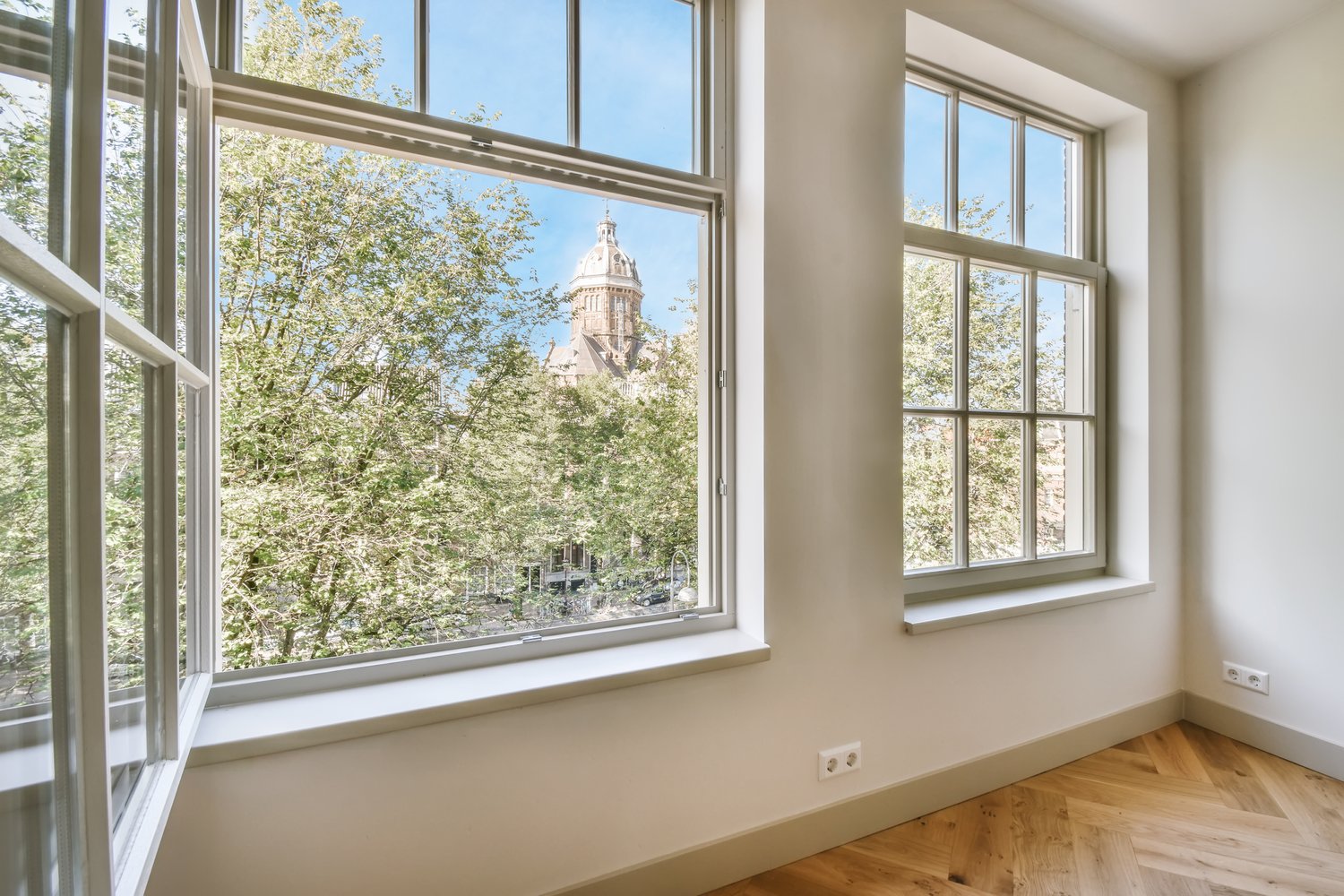uPVC (unplasticized polyvinyl chloride) windows and doors have become increasingly popular due to their durability, energy efficiency, and low maintenance requirements. However, “low maintenance” doesn’t mean “no maintenance.” With proper care, your uPVC installations can maintain their appearance and functionality for 20+ years. This article provides practical advice on cleaning and maintaining your uPVC windows and doors to ensure they stay looking fresh and operating smoothly throughout their lifespan.
Understanding uPVC Materials
Before diving into maintenance techniques, it’s important to understand what makes uPVC different from other materials. uPVC is valued for its weather resistance, thermal insulation properties, and durability. Unlike wooden frames that rot or metal frames that corrode, uPVC resists environmental damage naturally. However, dirt, pollution, and weathering can still affect appearance and performance over time. The good news is that uPVC window maintenance is relatively straightforward compared to other materials, requiring simple cleaning routines rather than painting or sealing.
Regular Cleaning Routines
Establishing a regular cleaning schedule is the foundation of effective uPVC care tips. For standard maintenance, aim to clean your uPVC windows and doors at least twice a year, with additional cleaning in spring to remove winter grime and in autumn to prepare for colder weather. For coastal properties or homes near busy roads, quarterly cleaning may be necessary due to salt exposure or increased pollution levels. Regular cleaning prevents the buildup of dirt that can become ingrained in the surface, making future cleaning more difficult and potentially causing permanent discoloration.
How to Clean uPVC Frames Properly
When it comes to clean uPVC doors and windows, using the right products is crucial. Avoid harsh chemicals, abrasive cleaners, or scouring pads that can damage the surface. Instead, use warm soapy water with a mild detergent. Start by removing loose dirt with a soft brush or vacuum with a brush attachment. Then, using a soft cloth or sponge, wipe down the frames with the soapy solution. For stubborn stains, a specialized uPVC cleaner can be effective, but always test it on an inconspicuous area first. Rinse thoroughly with clean water and dry with a soft cloth to prevent water spots. This gentle approach helps extend uPVC lifespan while maintaining appearance.
Tackling Stubborn Stains and Discoloration
Over time, uPVC can develop more challenging issues like yellowing, green algae in damp areas, or persistent dirt buildup. For yellowing, a cream cleaner (non-abrasive) can often restore the original color. Apply with a soft cloth using circular motions, then rinse thoroughly. For mold or algae growth, a solution of one part white vinegar to four parts water can be effective. Apply, let sit for a few minutes, then scrub gently with a soft brush before rinsing. As noted by home maintenance experts at AskHomey, avoiding bleach-based products is essential as these can damage both the uPVC material and surrounding paintwork.
Maintaining Hardware and Moving Parts
While cleaning the frames is important, don’t forget the hardware that makes your windows and doors function. Hinges, handles, locks, and other moving parts require attention to prevent stiffness and failure. At least twice a year, check all hardware for loose screws or signs of wear. Apply a silicone-based lubricant to hinges and moving parts, wiping away excess to prevent dirt accumulation. For locks, a graphite-based lubricant works best as it doesn’t attract dust. If your windows or doors begin to stick or require force to operate, this often indicates alignment issues that should be addressed promptly before they cause damage to frames or hardware.
Seal and Gasket Care
The rubber seals and gaskets around your uPVC windows and doors play a crucial role in maintaining energy efficiency and preventing water infiltration. Inspect these components annually for signs of cracking, shrinkage, or hardening. Clean the gaskets with mild soapy water and a soft cloth, then apply a silicone-based protectant to prevent them from drying out. Never paint over gaskets or seals as this reduces their flexibility and effectiveness. If you notice drafts or water leakage, the seals may need replacement – a relatively simple and inexpensive repair that can significantly improve performance and extend the overall lifespan of your uPVC installations.
Preventative Measures for Long-Term Protection
Prevention is always better than cure when it comes to uPVC maintenance. Consider installing blinds or curtains to reduce UV exposure, which can cause discoloration over time. When opening and closing windows and doors, handle them gently to prevent strain on hinges and frames. During extreme weather conditions, ensure windows are properly closed and locked to prevent warping from wind pressure. Check drainage channels and weep holes regularly to ensure they remain clear of debris, allowing proper water drainage. These simple preventative measures complement your regular uPVC window maintenance routine and help maximize the lifespan of your investment.
For more tips and to connect with reliable home service professionals, follow AskHomey on Facebook and Instagram.



